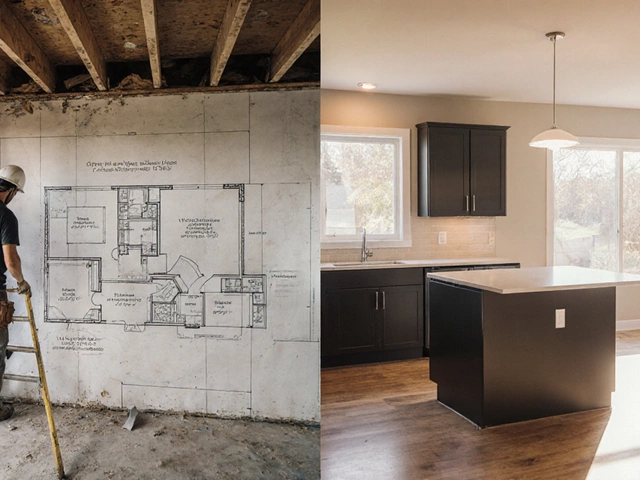Real Estate Development: Materials, Foundations & Build Tips
Starting a development project feels like juggling a lot of moving parts. You need land, permits, financing, and, most importantly, the right building materials and solid foundations. Missing any of these can slow you down, raise costs, or even put the whole project at risk. This page breaks down the basics you need to keep things running smoothly.
Choosing the Right Construction Materials
When you pick a quarry for limestone or other aggregates, think about durability, local availability, and price. Local quarries cut transport costs and often meet regional building standards straight out of the gate. Limestone, for example, offers strong compressive strength, making it a favorite for foundations, walls, and flooring.
Beyond strength, consider how the material reacts to moisture. Some stones are more porous, which can lead to damp issues in new builds. Checking the material’s absorption rate helps you avoid costly waterproofing later. If you’re unsure, ask the supplier for a moisture test report.
Don’t forget sustainability. Many developers now look for recycled aggregates or certified low‑impact quarry operations. Using greener materials can boost your project’s appeal to buyers and may even earn you planning incentives.
Managing Foundations and Structural Risks
Foundations are the spine of any development. A common mistake is to assume all soil behaves the same. Clay, sand, and chalk each have different load‑bearing capacities. A quick geotechnical survey can tell you if you need a shallow spread footing, a deep pile, or a combination.
If cracks appear early, don’t wait. Small hairline cracks can be sealed with epoxy, but larger movements often need a structural engineer’s input. Knowing the signs – like doors that stick, uneven floors, or cracks wider than 1/4 inch – saves you from expensive rebuilds.
Budgeting for foundation work is easier when you factor in drainage. Proper grading, French drains, and waterproof membranes keep water away from footings, extending the life of the structure. It’s cheaper to install these measures during construction than to retrofit them later.
Regulations also play a big role. Many UK local councils require a 345 rule check for residential foundations – essentially a simple right‑angle measurement to ensure walls are plumb. Staying on top of these checks avoids delays during inspections.
Finally, keep communication open with your builder and the quarry supplier. If the stone delivery schedule shifts, it can affect concrete pours and curing times. A quick daily check‑in keeps everyone aligned and reduces downtime.
By focusing on material quality, understanding soil behavior, and staying ahead of drainage and inspection requirements, you’ll keep your real estate development on track, on budget, and built to last.
Understanding New Build Construction: Features and Benefits

New builds are properties that have recently been constructed and have never been lived in before. They offer a wide range of modern amenities and efficient design, catering to today's environmentally conscious homebuyers. These homes often come with warranties, minimizing the cost and stress of unexpected repairs. Choosing a new build can provide a fresh start, tailored customization options, and the latest in home technology.
read more



